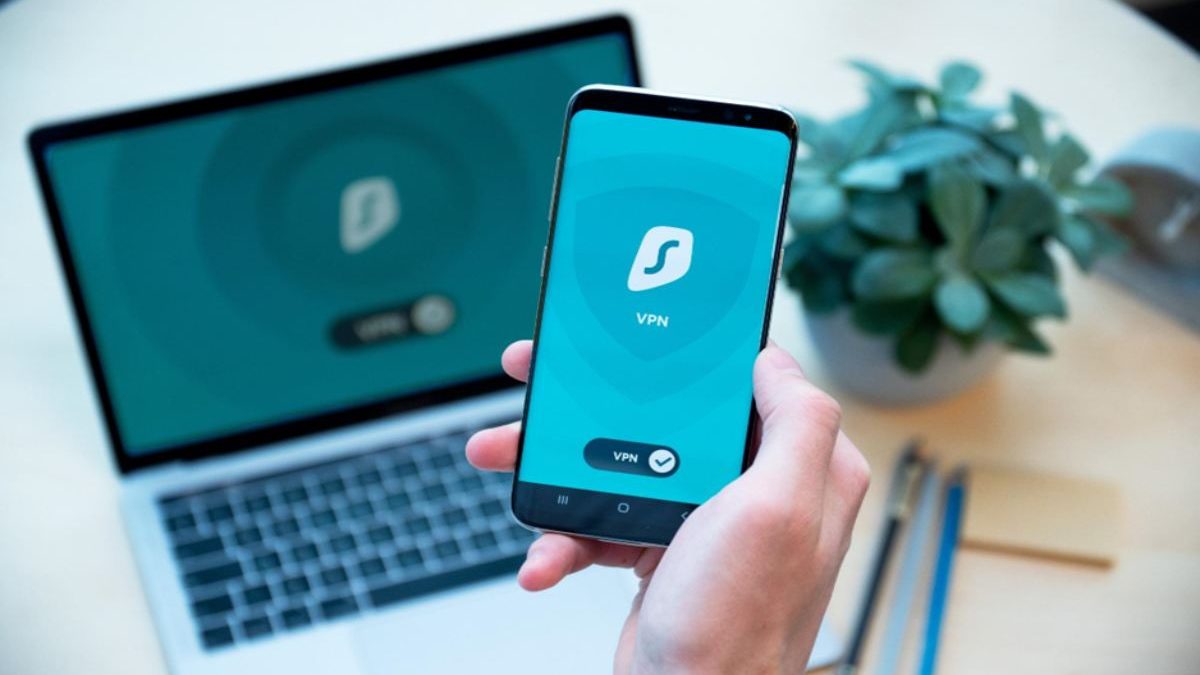Small to medium-sized businesses (SMBs) are increasingly becoming the focus of cyberattacks. As we delve into 2024, it is crucial for SMBs to recognize the new cybersecurity threats they face and to adopt comprehensive strategies to protect their digital assets. The following article offers an insightful guide to safeguarding your business from cyber threats in today’s interconnected world.
The Changing Face of Cyber Threats
Cybersecurity is a moving target, with SMBs often underestimating their risk profile. The top threats include sophisticated phishing attacks, ransomware campaigns, and the emerging danger of deepfakes in business communications. Furthermore, as remote work becomes the norm, the vulnerabilities in home networks are now business vulnerabilities too.
Expert Consultation and Strategic Partnerships
It’s often beneficial for SMBs to seek external expertise to enhance their cybersecurity stance. Working with firms that offer IT consulting in Raleigh NC, can provide valuable insights into advanced cyber threats and help develop custom strategies tailored to the business’s unique needs. Enlisting the help of an expert can be a great investment for the security of your company.
Developing a Robust Incident Response Plan
Even with comprehensive preventative measures, breaches can still occur. An incident response plan ensures that businesses can quickly mitigate damage, communicate transparently with stakeholders, and restore normal operations with minimal downtime.
Assessing Your Cybersecurity Posture
Understanding your current cybersecurity strength is the first step in fortification. SMBs should conduct regular risk assessments to identify potential cyber threat vectors and to stay ahead of would-be attackers. It’s no longer a question of if, but when an attempt will occur.
Embracing a Culture of Cybersecurity
Protecting a business from cyber threats is everyone’s responsibility. Cultivating a company culture that prioritizes cybersecurity can lead to better adherence to protocols and proactive identification of threats. All employees should feel that they are a guardian of the company’s digital well-being.
Insider Threats and Employee Training
The human element remains the weakest link in cybersecurity. Insider threats don’t always involve malice; often, they result from misinformation or negligence. Regular staff training on best cyber hygiene practices, phishing awareness, and password management is crucial.
Continuous Security Monitoring
Continuous monitoring of network activity stands as one of the pillars for maintaining a secure IT environment. By employing various tools and systems, like netflow monitoring, to constantly observe network traffic and behaviors, organizations can detect anomalies that may indicate a compromise swiftly.. There should be protocols in place that trigger the necessary alerts and responses to these findings in real-time, reducing the window of opportunity for attackers to exploit weaknesses.
Data Encryption and Secure Backups
Data encryption is a formidable barrier against data theft, making sensitive information unreadable to unauthorized eyes. Equally important is a strategic backup protocol, storing critical data in multiple locations to prevent total loss in the event of an attack.
Investing in Advanced Threat Detection Systems
With attackers constantly evolving their tactics, traditional security means may not suffice. SMBs need to invest in advanced threat detection systems that utilize machine learning and artificial intelligence to predict and identify complex threats. Implementing such systems may offer deeper insights into security trends and potential vulnerabilities that need to be addressed proactively.
Compliance and Cybersecurity Frameworks
Understanding and adhering to regulatory compliance is pivotal for SMBs, especially those handling sensitive customer data. Adopting recognized cybersecurity frameworks such as NIST or ISO can guide businesses to establish and maintain high-security standards, ensure they meet legal and contractual obligations, and protect customer trust.
Final Thoughts
In conclusion, cybersecurity should be one of the top priorities for SMBs in 2024. With the rise of advanced threats and the expansion of attack surfaces due to remote work, businesses must bolster their cybersecurity measures. By understanding the threats, educating employees, preparing for incidents, and fostering a culture of vigilance, SMBs can not only defend against cyber attacks but also thrive in our digital-first economy. Remember, a strong cybersecurity posture is not a cost; it’s a critical investment for your business’s future.

